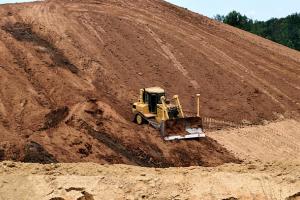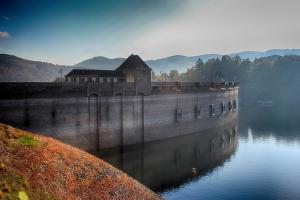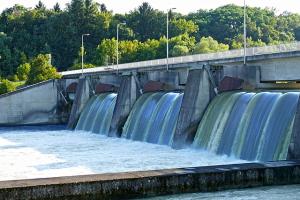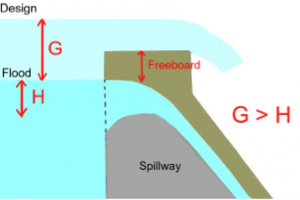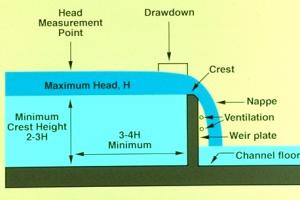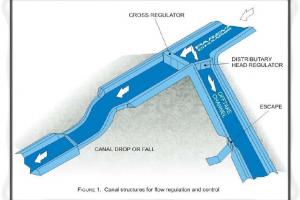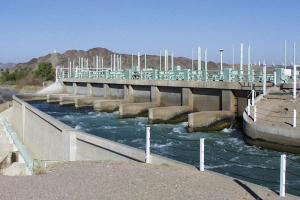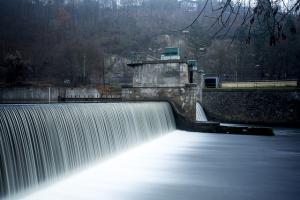Site Selection for Barrage
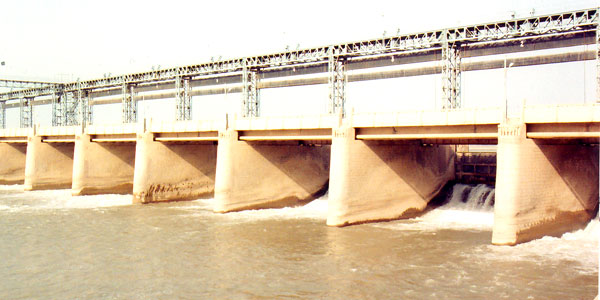
Taunsa Barrage on River Indus
Site Selection for Barrage
The following considerations should be kept in mind while selecting the site for a barrage.
- The site must have a good command over the area to be irrigated and also must not be at too far distance to avoid long feeder channels.
- The width of the river at the site should be preferably minimum with a well-defined and stable river approach.
- A good land approach to the site will reduce expenses of the transportation and the ultimate cost of the project.
- There must be easy diversion of the river after construction
- Existence of central approach of the river to the barrage after diversion, this is essential for proper silt control.
- If it is intended to convert the existing inundation canals into the perennial canals, site selection is limited by the position of the head-regulator and the alignment of the existing in-undation canals.
- A rock foundation is the best but in the alluvial planes the bed is invariably sandy. The common practice in Pakistan has been to build the barrage on dry land in a bye river and after completion to divert the river through it.
- This gave an oblique approach and created many problems. The following guidelines have now been proposed by the Irrigation Research Institute, Lahore. Their recommendations are based on extensive hydraulic model experiments for each individual case.
- Where the angle b/w the headwork axis and the river axis exceeds 10 degree, the problem arises of concentration of flow on one side and island formation within the guide banks on the other side occurs due to heavy silting as in case of Islam, Sidhnai and Balloki barrages in Pakistan.
- If the river axis is to the right of the headwork axis, the concentration of flow is generally on the left side with the consequent tendency to form an island on the right and vice versa.
- When a barrage is located below the confluence of two rivers, it should be located sufficiently far below the confluence and consideration must be given as to which of the rivers dominate the confluence.
- The barrage should be located as far as possible in the centre of the flood plain. Asymmetry of location increases the likelihood shoal forming and calls for expensive training works.
- The most suitable site for a barrage when constructed on dry land, is below the outer side of the convex bund which is followed by the straight reach of the river.
Barrage width:
River in alluvial plains while in flood spread over miles in width and in dry weather flow in channels.
For optimum width Lacey's Equation, related to wetted perimeter to discharge wetted perimeter in case of shallow channel is almost equal to the bed width of the channel. The barrage width must be sufficient to pass the design the flood safety. The present trend is to design barrage for a 100-150 years frequency flood. The minimum stable width of an alluvial channel is given by Regime Eq.
Regime or Scour Depth
Due to high flow, the river bed is scoured both on the upstream and downstream sides of the weir, large scour holes develop progressively adjacent to the concrete aprons, the weir foundations may slip into these scour holes, thus undermining the weir structure. The regime scour depth Rs may be estimated by following formula.
If actual waterway provided is greater or equal to the regime width and
If waterway provided is less than regime width and f = 1.75 under root d
d is mean diameter of bed material in mm.



